Scientists have come a step closer to identifying the mysterious origins of the 'slow' solar wind, using data collected during the Solar Orbiter spacecraft's first close journey to the Sun.
Scientists have come a step closer to identifying the mysterious origins of the 'slow' solar wind, using data collected during the Solar Orbiter spacecraft's first close journey to the Sun .
Despite decades of observations, the sources and mechanisms that release, accelerate and transport solar wind plasma away from the Sun and into our solar system are not well understood -- particularly the slow solar wind. Dr Steph Yardley of Northumbria University, Newcastle upon Tyne, led the research and explains:"The variability of solar wind streams measured in situ at a spacecraft close to the Sun provide us with a lot of information on their sources, and although past studies have traced the origins of the solar wind, this was done much closer to Earth, by which time this variability is lost.
Meanwhile the closed corona refers to regions of the Sun where its magnetic field lines are closed -- meaning they are connected to the solar surface at both ends. These can be seen as large bright loops that form over magnetically active regions. The combination of heavy ions contained in solar material differs depending on where it has originated from; the hotter, closed versus the cooler, open corona.
"The changes in composition of the heavy ions along with the electrons provide strong evidence that not only is the variability driven by the different source regions, but it is also due to reconnection processes occurring between the closed and open loops in the corona." "This result confirms that Solar Orbiter is able to make robust connections between the solar wind and its source regions on the solar surface. This was a key objective of the mission and opens the way for us to study the solar wind's origin in unprecedented detail."
Professor Christopher Owen, of UCL, said:"The instrument teams spent more than a decade designing, building and preparing their sensors for launch, as well as planning how best to operate them in a coordinated way. So it is highly gratifying to now see the data being put together to reveal which regions of the Sun are driving the slow solar wind and its variability."
Solar Flare Astronomy Northern Lights Solar System Space Probes Space Missions Space Exploration
United Kingdom Latest News, United Kingdom Headlines
Similar News:You can also read news stories similar to this one that we have collected from other news sources.
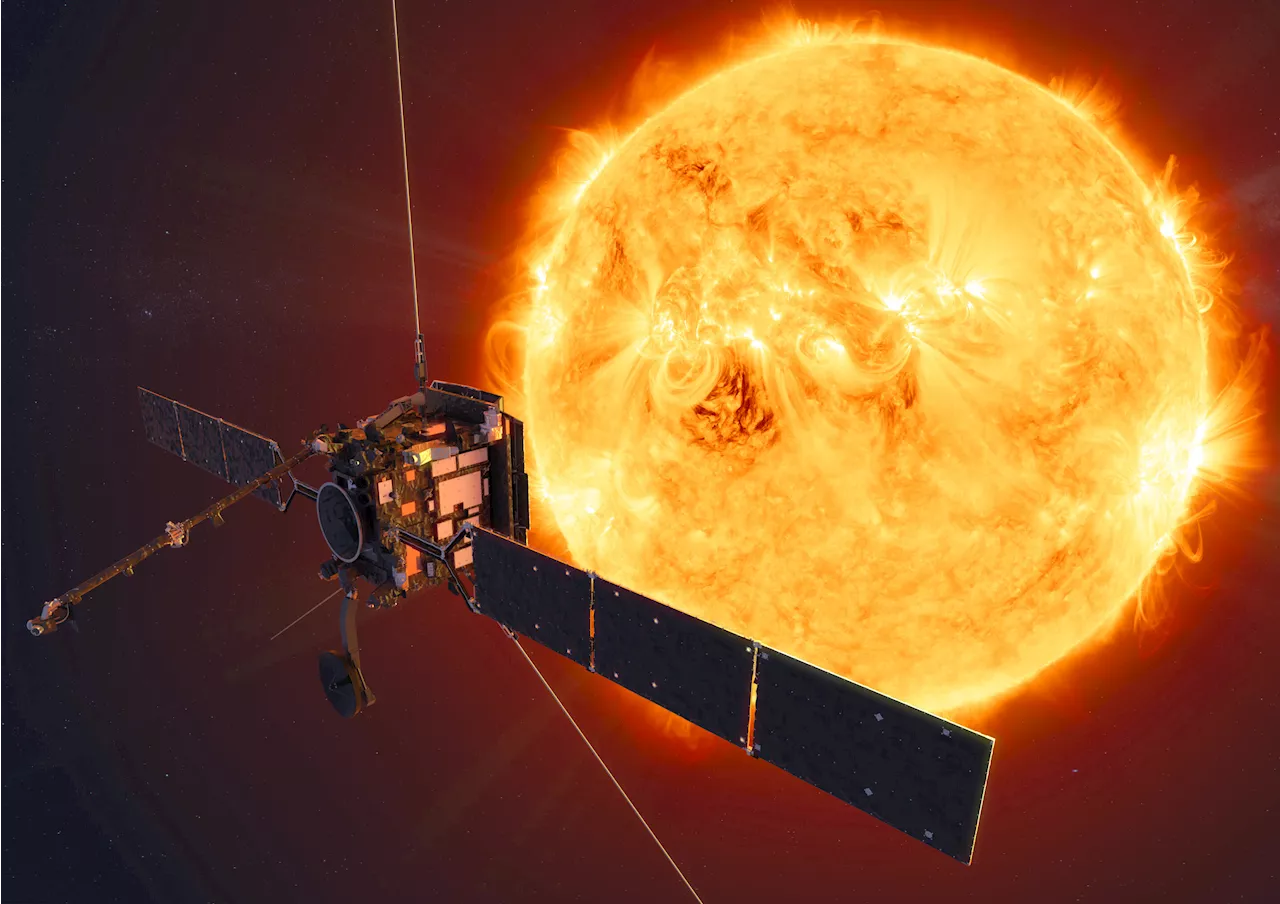 Mystery of 'slow' solar wind unveiled by Solar Orbiter missionScientists have come a step closer to identifying the mysterious origins of the 'slow' solar wind, using data collected during the Solar Orbiter spacecraft's first close journey to the sun.
Mystery of 'slow' solar wind unveiled by Solar Orbiter missionScientists have come a step closer to identifying the mysterious origins of the 'slow' solar wind, using data collected during the Solar Orbiter spacecraft's first close journey to the sun.
Read more »
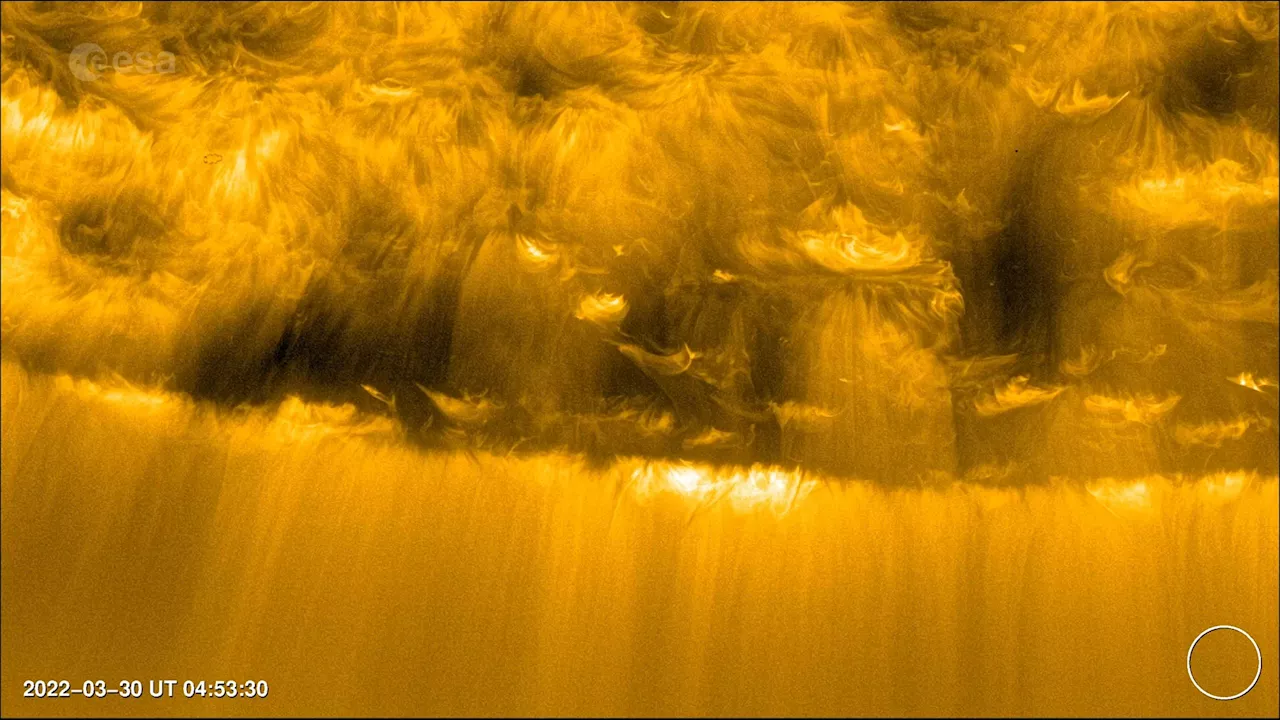 “Slow” Solar Wind: Mysterious Origins Unmasked by Solar OrbiterScience, Space and Technology News 2024
“Slow” Solar Wind: Mysterious Origins Unmasked by Solar OrbiterScience, Space and Technology News 2024
Read more »
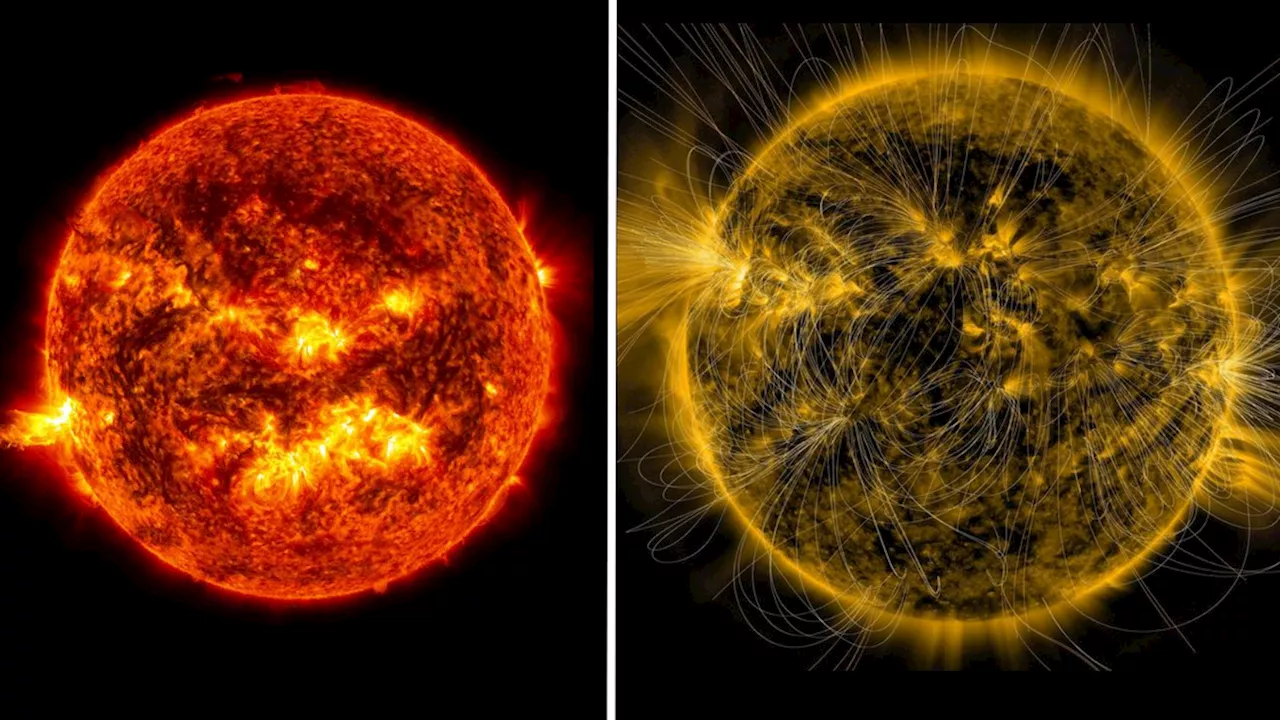 Scientists find weird link between a solar mystery and feeding black holesRobert Lea is a science journalist in the U.K. whose articles have been published in Physics World, New Scientist, Astronomy Magazine, All About Space, Newsweek and ZME Science. He also writes about science communication for Elsevier and the European Journal of Physics. Rob holds a bachelor of science degree in physics and astronomy from the U.K.
Scientists find weird link between a solar mystery and feeding black holesRobert Lea is a science journalist in the U.K. whose articles have been published in Physics World, New Scientist, Astronomy Magazine, All About Space, Newsweek and ZME Science. He also writes about science communication for Elsevier and the European Journal of Physics. Rob holds a bachelor of science degree in physics and astronomy from the U.K.
Read more »
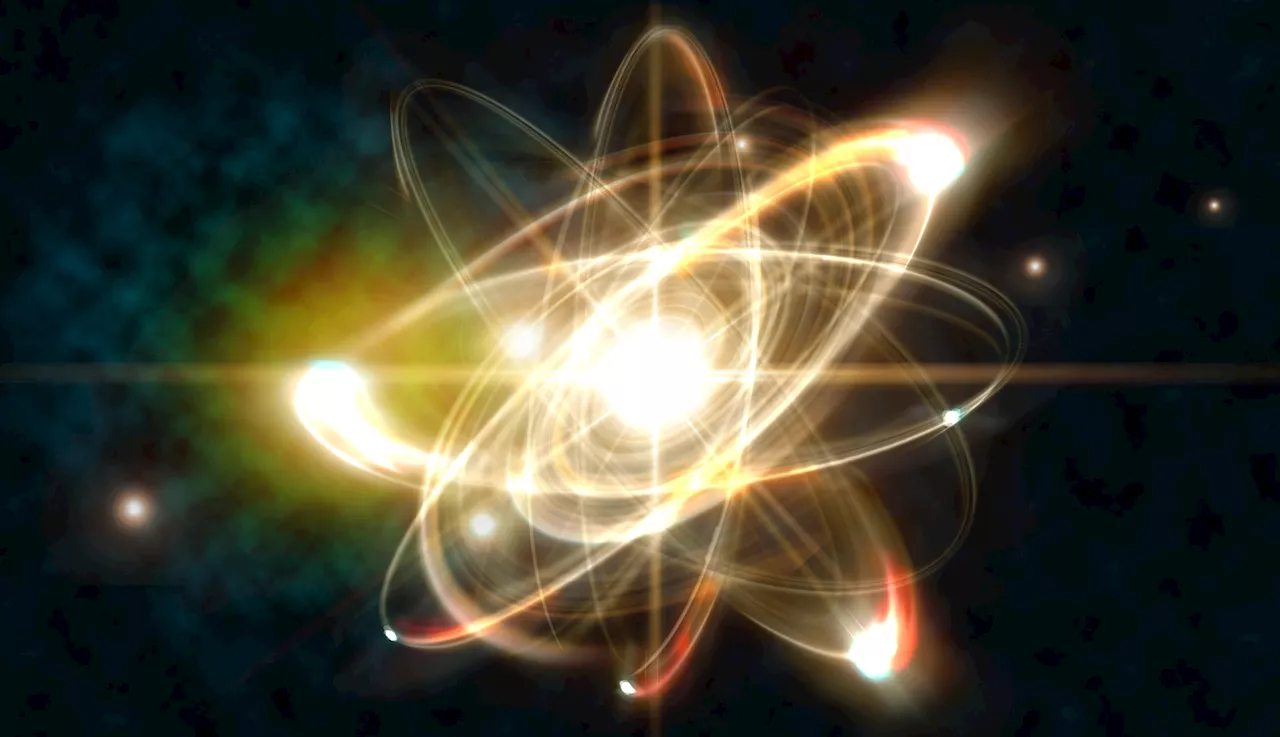 Scientists May Have Solved Mystery of Rare Solar System Building Block'Our finding opens a new possibility to explain the origin of p-nuclei via neutrino absorption reactions on nuclei,' a researcher said.
Scientists May Have Solved Mystery of Rare Solar System Building Block'Our finding opens a new possibility to explain the origin of p-nuclei via neutrino absorption reactions on nuclei,' a researcher said.
Read more »
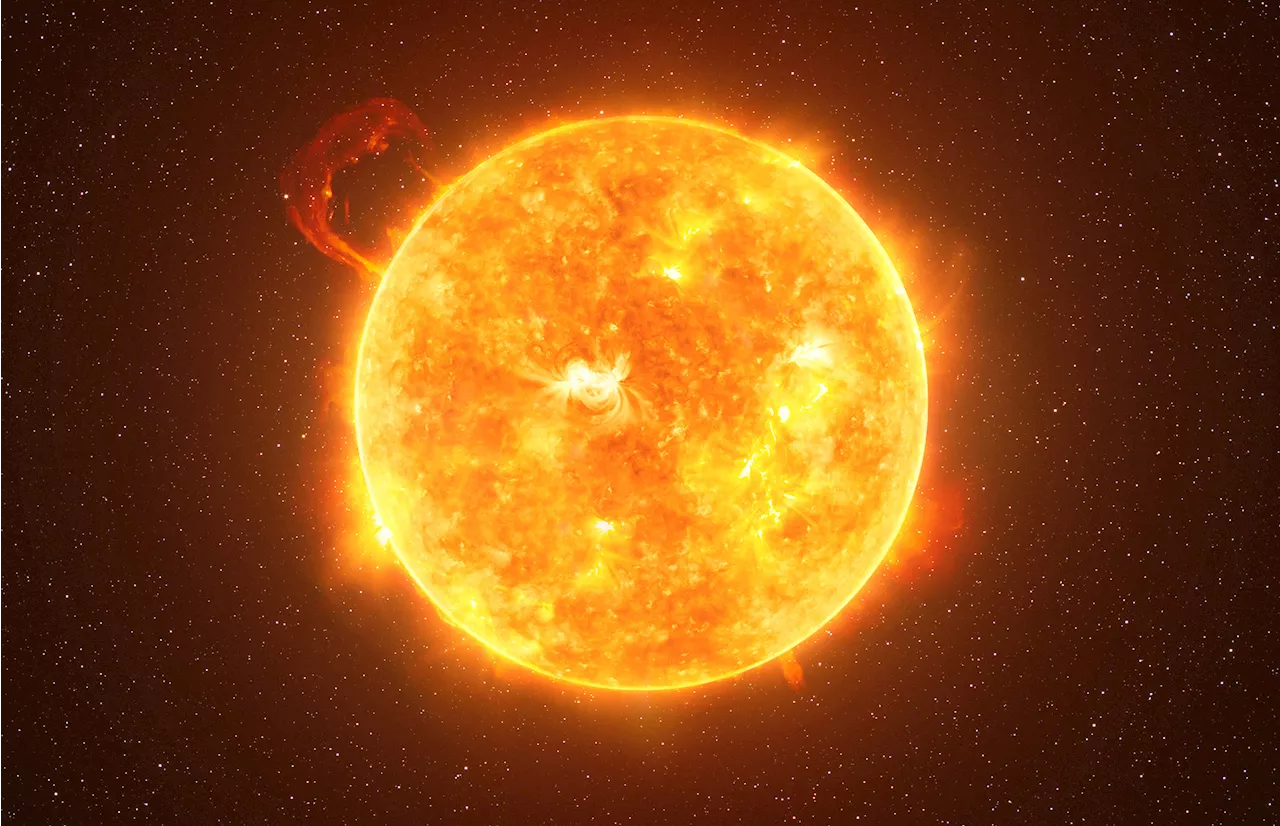 ESA Solar Orbiter captures breathtaking up-close video of the SunThe ESA has captured a close-up video of the Sun, showcasing the star's surface, which looks like a fantastical hellscape.
ESA Solar Orbiter captures breathtaking up-close video of the SunThe ESA has captured a close-up video of the Sun, showcasing the star's surface, which looks like a fantastical hellscape.
Read more »
 Solar orbiter takes a mind-boggling video of the sunYou've seen the sun, but you've never seen the sun like this. This single frame from a video captured by ESA's Solar Orbiter mission shows the sun looking very fluffy! You can see feathery, hair-like structures made of plasma following magnetic field lines in the sun's lower atmosphere as it transitions into the much hotter outer corona.
Solar orbiter takes a mind-boggling video of the sunYou've seen the sun, but you've never seen the sun like this. This single frame from a video captured by ESA's Solar Orbiter mission shows the sun looking very fluffy! You can see feathery, hair-like structures made of plasma following magnetic field lines in the sun's lower atmosphere as it transitions into the much hotter outer corona.
Read more »
